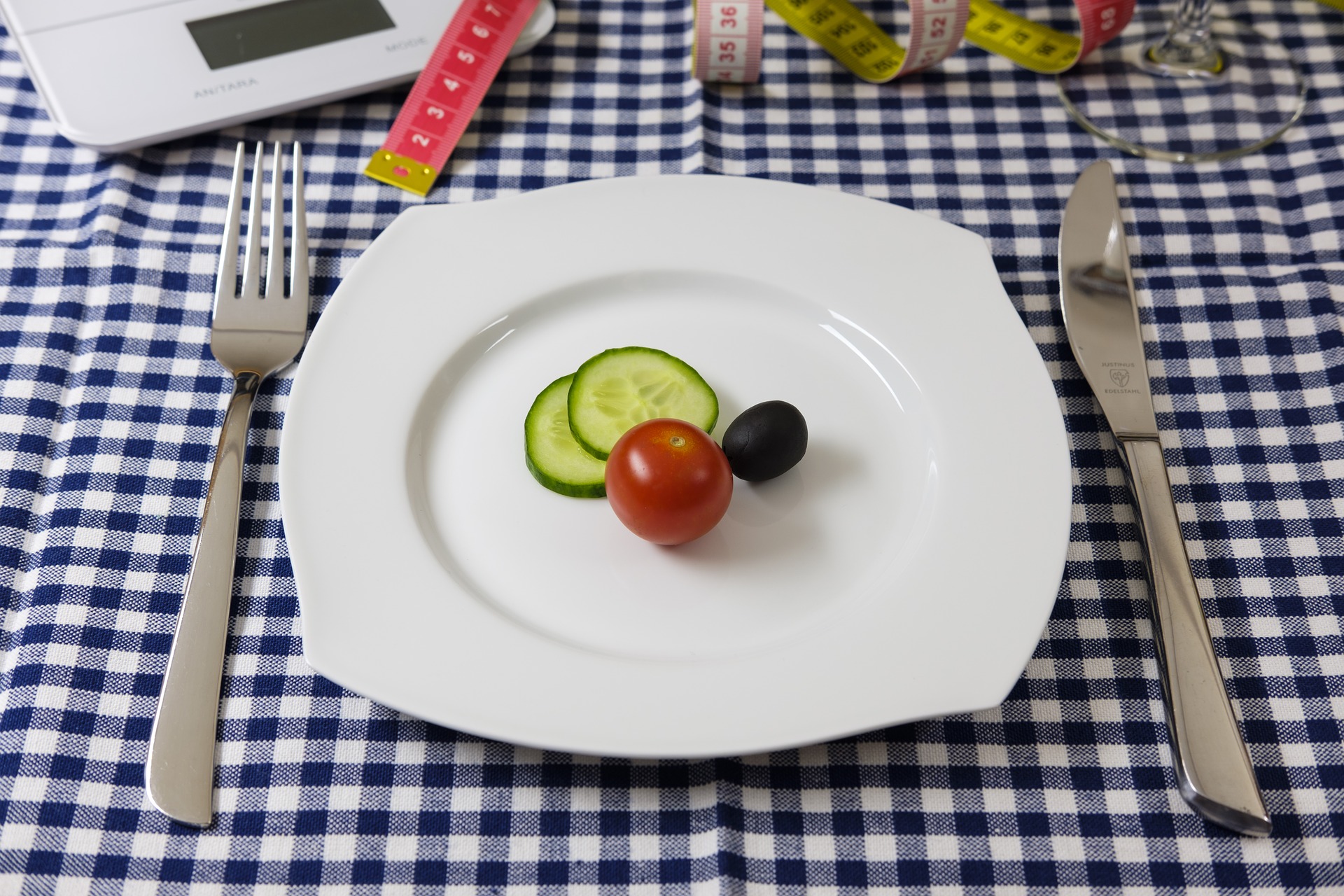What determines how children decide to spend their cash on snacks? A new study shows that children’s experience with money and their liking of brands influenced purchase decisions — and that for some children, higher prices for unhealthy snacks might motivate healthier choices. The study is published in the journal Appetite.
Besides parents, many actors such as schools, governments and food manufacturers influence and modify the consumption of energy-dense, nutrient-poor snack food among children through a multitude of venues such as parental guidance and restriction of such foods and snacks available to children at home, school programs (school lunch and vending machines), governmental mandates (taxation, nutrition education campaigns) and marketing messages.
Researchers co-led by Professors Monika Hartmann from the University of Bonn and Sean Cash from the Friedman School of Nutrition Science and Policy at Tufts University studied the ways that children aged 8 to 11 use their own disposable income, predominantly an allowance provided by a parent, to purchase snack food on their own. In the study, they report that brand awareness was not necessarily aligned with preference of snack foods. Importantly, the extent of children’s experience with money influenced their purchase decisions, suggesting that higher prices for unhealthy snacks might be helpful in motivating at least those children that have experience with money to choose healthier options.
The research took place in after-school programs in the Boston area with a sample of 116 children ages 8 to 11 years. The study consisted of a survey, two cognitive tests, and a discrete choice experiment (DCE). The participants were paid $2.00 each as compensation after completing the cognitive tests that they could then spend in the DCE part of the study.
“We don’t know much about how kids spend their cash on snacks,” said corresponding author Sean Cash, Ph.D., economist and associate professor at the Friedman School of Nutrition Science and Policy at Tufts University. “It’s an understudied area. Currently, many children have their own disposable income, usually an allowance. They’re deciding how to spend that money on snacks, but we know very little about how they make those decisions.” This is especially true with respect to the extent to which children assess typical consumer tradeoffs regarding price and other food attributes.
– Science Daily
Read More: Kids, cash, and snacks: What motivates a healthier food choice?








Leave A Comment